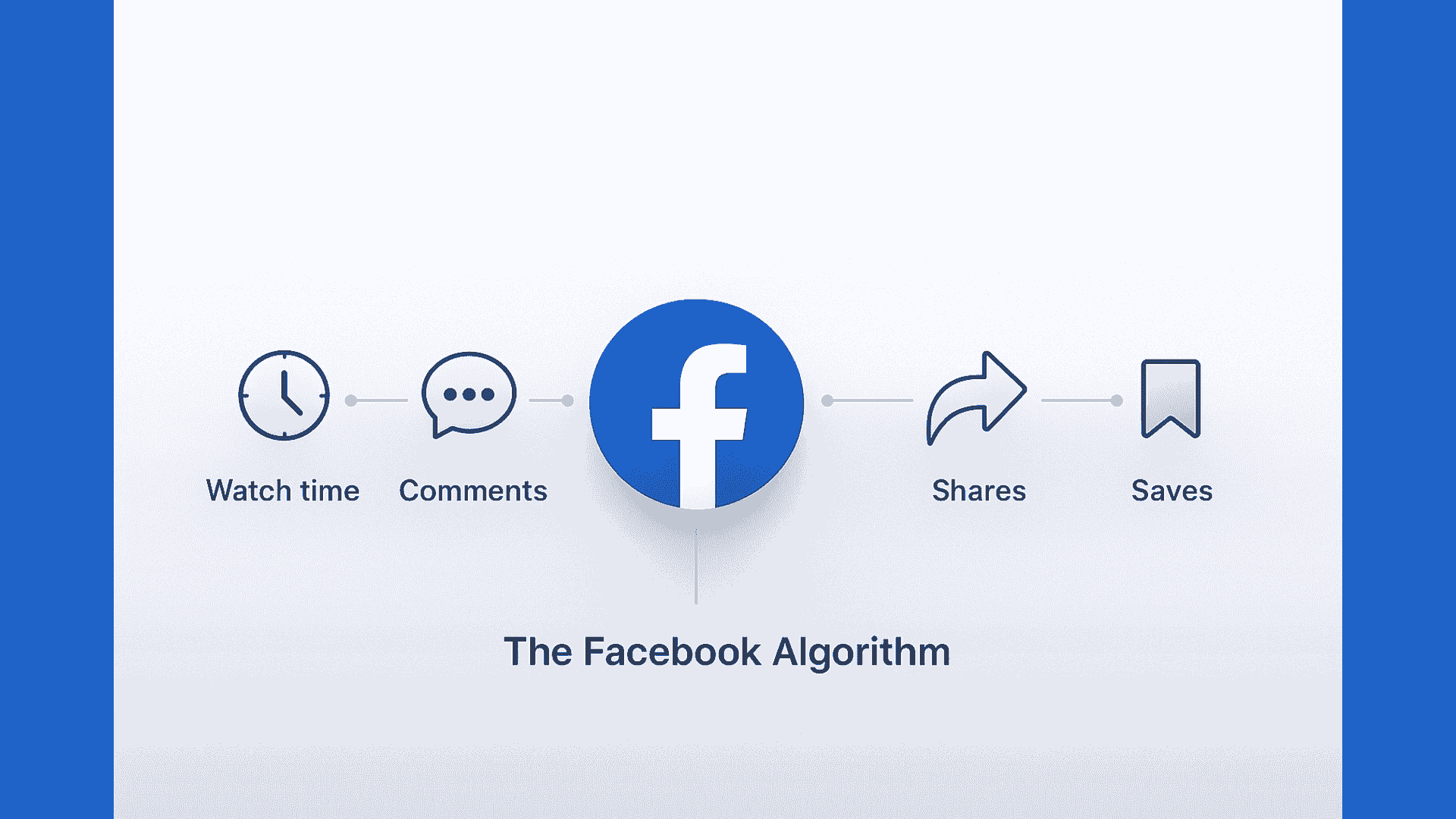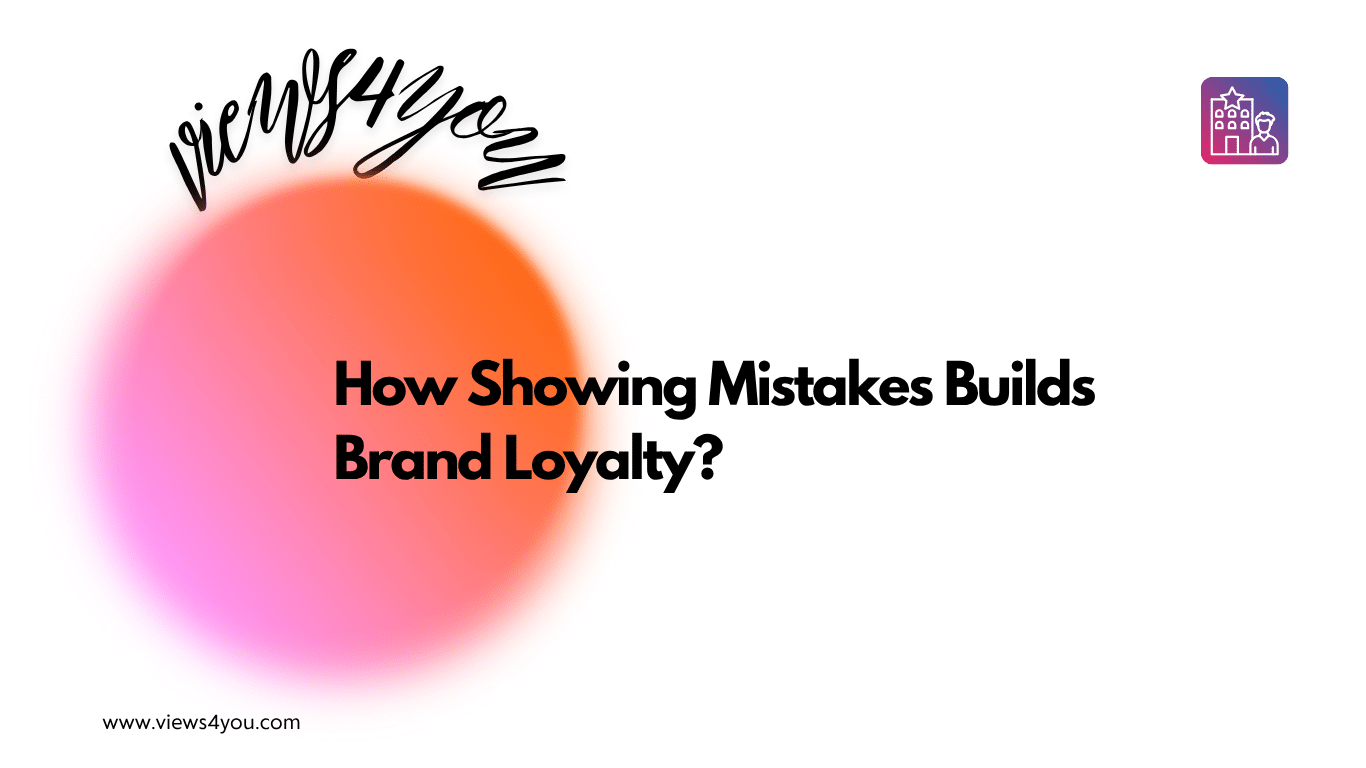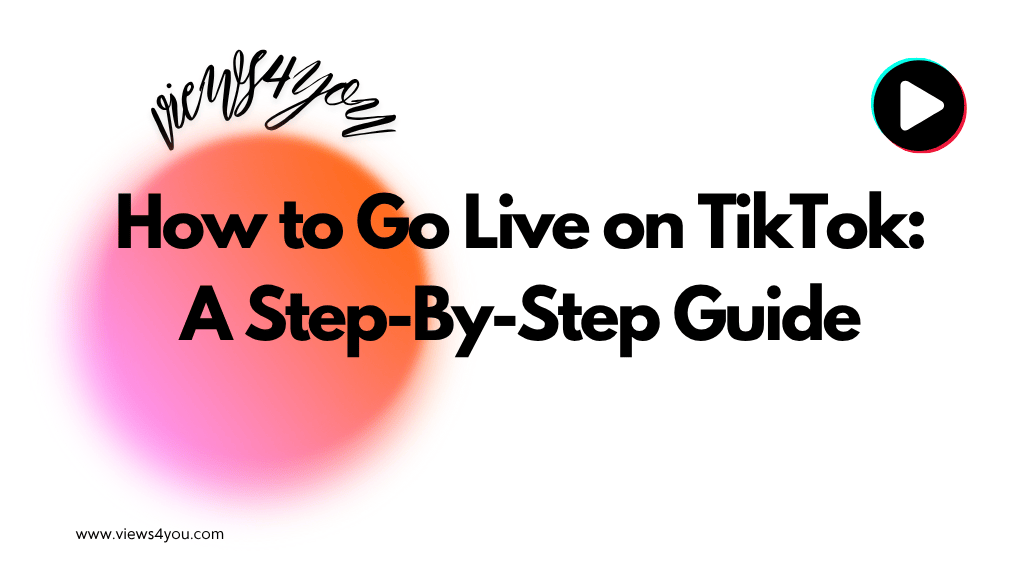Facebook video marketing in 2025 is the practice of using short-form Reels, live streams, and native uploads to engage audiences and boost brand visibility. Success depends on mobile-first video formats, quick hooks in the first three seconds, captions for silent viewing, and clear calls-to-action that drive comments, shares, and conversions.
When you think about Facebook today, it’s no longer the place where people just post vacation photos or family updates. It has transformed into a marketplace of ideas, products, and experiences—and video sits right at the center of it. If you’ve ever wondered how to make your videos stand out on Facebook in 2025, you’re not alone.
Attention spans are shorter, algorithms are smarter, and audiences are more selective than ever. The good news? If you know how to work with these changes instead of against them, Facebook video can become one of your most powerful marketing tools.
How the Facebook Algorithm Shapes Video Success?

Before you hit upload, it’s important to understand how your video even ends up in someone’s feed. The algorithm isn’t random, it’s built to reward content that sparks attention and interaction. In 2025, Facebook is leaning heavily on AI-driven recommendations, meaning your video can reach people on social media who don’t even follow you if it shows signs of being engaging.
Watch time is one of the strongest signals. If someone stays through most of your video, the algorithm assumes it’s worth sharing with others. But it’s not just about duration. Comments, shares, reactions, and even whether someone saves your video all matter. If you think of the algorithm as a picky curator, your job is to give it proof that your video is both watchable and worth passing along.
Understanding this dynamic makes it easier to plan content. You’re not just creating for your audience—you’re creating for an algorithm that decides whether your audience even sees you.
Why Mobile Optimization is Non-Negotiable?
Almost everyone scrolling through Facebook does it on their phone. That means your videos need to feel like they were designed for the mobile experience. A horizontal video shot for desktop may technically work, but it won’t feel natural to the way people hold their phones.
I’ve found vertical (9:16) and square (1:1) formats to be far more effective because they naturally take up more screen space. High-definition quality is equally important, because nothing makes someone scroll away faster than a blurry clip. And don’t forget captions. Many people watch videos in public or during short breaks, which means the sound is often off. If your video can’t be understood without audio, you’re losing a huge percentage of potential viewers.
Mobile optimization isn’t just a technical adjustment, it’s an act of respect for how people actually consume content.
Mastering the First Three Seconds
If your video doesn’t hook someone within three seconds, you’ve already lost them. The first few seconds are like an elevator pitch: short, sharp, and convincing.
Strong visuals work wonders here. Bright colors, bold movements, or a striking image can make someone pause long enough to care. An intriguing line of text at the start can also set the stage. I often think of it like opening a story: you don’t bury the best part in the middle; you lead with it.
Thumbnails matter almost as much. A dull or confusing thumbnail tells people your video isn’t worth their time before they even hit play. A thumbnail that instantly communicates mood or tension increases the chance of a viewer stopping to look, which is why creators spend so much time experimenting with thumbnails. Instead, choose a frame or design that teases the content while staying visually clear.
These little details might feel cosmetic, but they’re the gatekeepers of watch time, and watch time fuels everything else.
Using Sound and Music to Amplify Impact
Even if many people watch on mute, audio is still critical. When someone does listen, the right soundtrack can completely change how your video feels. Facebook actively promotes videos that use trending sounds, especially for Reels. This doesn’t mean you should slap any popular track onto your content—it needs to fit the mood and message.
For instance, a playful product demo might benefit from upbeat, catchy music, while a brand story might need something calmer and more cinematic. I’ve learned that mismatched audio is worse than no audio at all because it creates dissonance that makes people disengage.
Think of music and sound as an emotional shortcut. They help your viewer feel something faster, which makes them more likely to stay.
Writing Descriptions and Hashtags that Actually Help
A video without context is just a clip. The description is your chance to frame it in a way that makes sense to the viewer and the algorithm. Keep it short, punchy, and relevant. You don’t need to write an essay—just enough to give clarity or spark curiosity.
Hashtags are still useful, but moderation is key. A handful of well-chosen hashtags related to your topic will serve you better than a laundry list. Think of them as bridges that connect your video to the right audience. When paired with keywords that naturally fit your brand, they give your content an SEO boost without feeling forced.
Calls-to-Action That Drive Engagement
A video might be entertaining, but what do you want people to do after watching it? That’s where your call-to-action (CTA) comes in. The simplest CTAs are often the most effective: “Comment your thoughts,” “Tag a friend who needs this,” or “Share if you agree.” These don’t just drive engagement—they also tell the algorithm your video is sparking conversation.
Of course, your CTA should match your goal. If you’re focused on awareness, push for comments or shares. If conversions matter more, direct people to a landing page or sign-up form. The key is clarity. A vague or complicated CTA usually leads to no action at all.
Why Live Videos Work in 2025
Live content carries a different weight. When you go live, you’re not just broadcasting—you’re inviting people into a moment with you. That immediacy builds trust and authenticity. I’ve seen live sessions work beautifully for Q&As, product launches, and even simple behind-the-scenes looks.
The secret isn’t just going live but preparing for it. Let your audience know ahead of time, so they have a reason to tune in. During the live, encourage interaction through polls or shout-outs. The more people engage in real time, the more Facebook rewards your broadcast with visibility.
Ads, Boosting, and the Role of Native Videos
Organic reach is powerful, but pairing it with paid promotion can supercharge results. Boosted videos and Facebook ads let you target warm audiences, people who have already shown interest in your brand. That familiarity makes them more likely to stick around, engage, and act.
One important note: Facebook consistently favors native uploads over links to outside platforms. If you’re tempted to share your YouTube link, resist. Upload the video directly to Facebook. It signals commitment to the platform and earns you better reach.
Ads also work best when they don’t feel like ads. Think of them as valuable content first, with a subtle invitation at the end.
Learning from Analytics and Refining Strategy
You can create the most polished video in the world, but if you don’t measure how it performs, you’re only guessing. Facebook’s analytics tools give you more than vanity metrics—they show watch times, drop-off points, and who your audience really is.
If you notice people stop watching after ten seconds, ask yourself why. Was the intro too slow? Did the hook fail? On the flip side, if you see a spike in shares or comments, try to replicate what made that video resonate. Data is less about judgment and more about guidance. It tells you where to double down and where to adjust.
The Trends Defining 2025
Facebook is consolidating all video into the Reels format, signaling just how central short-form content has become. This doesn’t mean long videos are dead, but you’ll need a stronger reason to justify them. AI-driven personalization is another defining shift. Facebook is using increasingly subtle signals, like how long you pause, whether you hover over captions, and even how often you save videos, to decide what gets promoted. That means quality and relevance matter more than ever.
Interactive features are also growing. Shoppable videos, polls, and integrated CTA buttons make it easier for viewers to engage without leaving the platform. If you embrace these tools now, you’ll be ahead of many competitors still clinging to older strategies. Affiliate marketers especially benefit from these updates because product tags and in-video shopping tools speed up conversions. Short-form videos that highlight benefits, offer quick demos, or show real user results perform extremely well for affiliate campaigns, making Facebook an even stronger channel for creators and brands.
FAQs
How long should my Facebook videos be in 2025?
Short-form videos under 60–90 seconds work best for reach and engagement, but longer videos can perform well if they offer strong storytelling or in-depth value.
Do Facebook Reels replace regular video posts?
Yes, Facebook is merging all video content into the Reels experience, so posting in this format ensures maximum visibility.
Should I prioritize live videos or Reels?
Both have value. Reels are great for consistent discovery, while live videos create real-time engagement and trust. Use each for different goals.
How important are captions on Facebook videos?
Captions are critical. Many viewers watch without sound, and captions increase both accessibility and watch time.
Can I just reuse my TikTok videos on Facebook?
You can, but optimize them for Facebook by uploading directly, adjusting descriptions and hashtags, and ensuring the video aligns with Facebook’s audience expectations.









